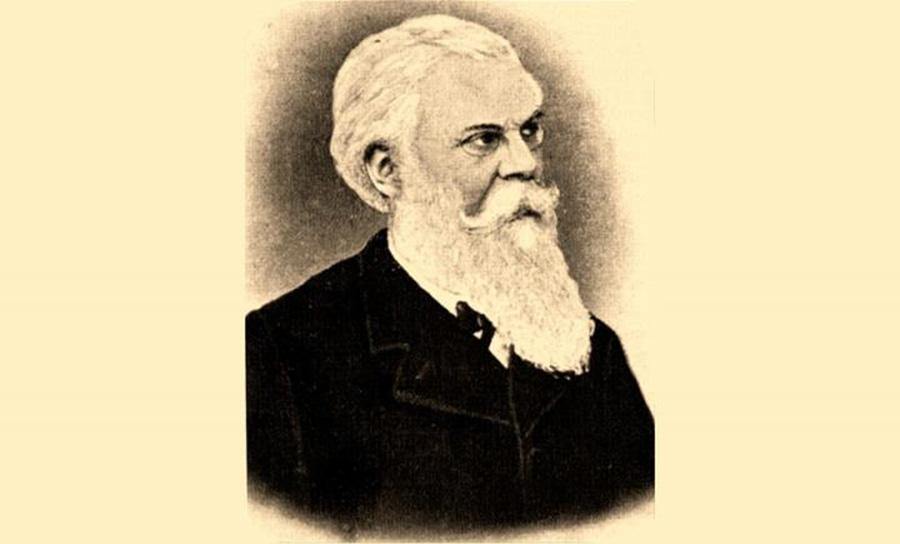
Alchemical Medicine Root of Homeopathy and Anthroposophy – 2
Leonardo AnfolsiHalf a century before the turning point brought about by Von Bernus and Glückselig in alchemical research, a physician, Carl Friedrich Zimpel, perfected, with the use of innovative glassware, the spagyric technique taught by Glauber.
Zimpel also imagined his own version of a synthesis between homeopathy and spagyrics, first trying to copy Cesare Mattei's electrohomeopathic products, without success, and then immersing himself in the search for a panacea to arrive at the formulation of complexes, as mentioned, inspired by Glauber's research, obtained with steam extractions, at low temperatures and under vacuum.
In 1915 in Germany, at the Abbey of Neuburg, two alchemists researched and experimented with the preparation of spagyric remedies, trying to realize the Paracelsian recipes thanks to the comments of Van Helmont, Urbigerus, Basilio Valentino, Giovanni Agricola, Madathanus, Weidenfeld and in particular Lullo in contradiction, so to speak, with Becker: they were Alexander von Bernus and Conrad Johann Glückselig, two close friends of Rudolf Steiner. The first created the Soluna laboratories, the second the Phönix laboratories.
This was the knot that connected Anthroposophic Medicine to Alchemy: both researchers created complexes with appropriate dilutions and synergies composing arcana in which both mineral and vegetal principles are united: Glückselig is based on a complete agreement of all the planetary archetypes, to then direct this force on a specific function or a group of functions, while von Bernus, strengthens and directs the arcana with an agreement of vegetal preparations as a side dish but only one mineral or metallic, all, instead, evoking the same archetype useful, therefore, to reach the function of a specific organ.
Speaking of spagyric formulations, we can include that of a Swiss company, Heidak, which has composed plant and/or mineral complexes using the extraction method, in the first case, of Zimpel and for metals, that of Glückselig, as well as integrating its own proposal with Schüssler's salts. In fact, we can, if we want, integrate spagyrics, but without confusing it with it, the salts proposed by Wilhelm Heinrich Schüssler, and even the use of trace elements: keeping in mind that from a plant salt, if well prepared, we can already obtain more than enough, and that Schüssler did not invent a spagyric method with his salts. Another company that refers to Zimpel's work is the German Staufen-pharma.

As far as the anthroposophic pharmacopoeia is concerned, we can see it descending from the German tradition mentioned above, the innovative laboratory of Zimpel, Von Bernus, Glückselig, where the presence of Homeopathy is central, but it is used in ever-changing ways and thanks to ever-new intuitions and explorations, often composing complexes and also adding the most varied therapeutic techniques; in this sense Rudolf Steiner (1861-1925) was able to gather the most functional knowledge of the medical research of the time as well as of the popular tradition and the ancient methods of Central European healers and surgeons. One of his inspirers was Ita Wegman, a Dutch doctor who founded a clinic in Switzerland in 1921, becoming famous for her cancer cures thanks to remedies prepared with mistletoe. Rudolf Steiner's ability to synthesize and communicate, thanks to the funding he received, was to produce important results in a short time: therapeutics had proven to be a very useful subject to make one's ideas known, the case of Count Mattei was an obvious precedent, and the death instinct of those times, as well as incipient Nazism, according to Steiner, could be stopped or weakened by creating a new culture, a new way of living and healing. The speed with which the anthroposophical project was born, and the experimental vis always very active in that field, justifies the inexistence of a complete materia medica or repertoire, while in general the manuals of the Weleda and Wala companies are considered in a similar way.

Among the particular characteristics of Anthroposophic Medicine we find the so-called vegetalized metals and other forms of rhythmic relationship between the mineral and vegetal worlds, such as synthetic preparations that, starting from inorganic mineral substances, reconstitute the complete effect of a specific plant, or metallic mirrors, a particular way of working metals in the raw state inside a glass ampoule, made pneumatically empty, which is heated until the metal sublimates on the wall. In the first two cases, here is the interaction between the vegetal and mineral worlds implemented in Alchemy, particularly by Lullo and Ripley, and then Von Weidenfield and, with metallic mirrors, here are new states of matter as they were implemented by numerous Alchemists including Van Helmont and Basilio Valentino, all authors who were studied and practiced by Von Bernus.
We quote Giuliano Kremmerz, born Ciro Formisano (1861 - 1930) because he was the advocate of the rediscovery of a valid Paracelsian secret, a recipe left by Paracelsus himself to a family of Dutch pharmacists and rediscovered in Leiden by Hermann Boerhave and patented by Claes Tilly.
Giuliano Kremmerz is considered an exceptional Master of Hermeticism and a profound connoisseur of the history and methods of this ancient Tradition: in addition to this he acted as a healer and teacher of healing and his fame as a seer and benevolent helper of the poor and the sick grew in Naples. He also recommended the use of homeopathy as well as every type of preparation of popular tradition, as well as the investiture of one's own doctor with the full Hippocratic dignity.
His Master of Kremmerz/Formisano was Pasquale de Servis, from the Egyptian name of Izar Bne Escur, illegitimate son of King Francis I of Bourbon. Alchemist disciple of the Neapolitan School descending from Raimondo de Sangro, his contacts with Giustiniano Lebano and Baron Spedalieri, disciple of Eliphas Lévi, hieronym of Alphonse Louis Constant (Paris 1810 – Paris 1875), who in turn was initiated in Naples by Antonio Marino, of the same Egyptian descent as De Sangro, are well known.

Kremmerz writes: " The lunar influences on the human body and on diseases are part of an initiatory doctrine that was always kept secret. No one can satisfy, for an obvious reason, anyone who wishes to have a key to the lunar method and also a system for understanding the philosophical conception that the ancient initiates formed of therapeutics and the division of diseases. Certainly the lunar method is part of a hermetic philosophical-priestly doctrine, properly Western, very ancient, thousands of years old, whose origins date back to the Chaldeans, priests-astrologers-doctors of Atlantean origin, who in turn transmitted it to the most archaic Egypt. At that time medicine was considered "sacred" and was the exclusive heritage of priestly castes, such as that of the Tolom, an Egyptian college that studied the influences of the stars; These jealously guarded it, hid it from the masses and revealed it, when necessary, only in a codified manner during ritual activities carried out in temples consecrated to therapeutics, such as those dedicated to Kons and Serapis" .
Kremmerz died in exile, not being welcomed by the fascist regime, in Beusoleil, where he received his students: two famous cases remain in which some black shirts asked him, on the train, if he had seen the man in the photo, showing him his own photo or when, after a raid on his studio in Naples, they did not find him even though he was comfortably and clearly seated at his desk.
Hermetic teaching is certainly the cultural space in which alchemical and homeopathic therapeutics manifest themselves, which does not make them in themselves alien to scientific verification, as long as they are sincere and not deviated towards results indebted to specific indispensable theories; if this invalidating attitude is removed, even nutriceuticals and alternative pharmaceutical research have produced results worthy of the highest alchemy.
However, in the meantime, the Harleeem oil rediscovered by Kremmerz has been removed from the list of European pharmacopoeia and is used exclusively to keep horses' coats shiny, despite the fact that its leaflet still today defines it as a polychrest capable of curing numerous ailments. Like all other alchemical preparations and remedies, homeopathic or not, it remains waiting to make some difference in people's lives.
Personally, I always invite my doctor friends to talk outside of scientific mythology, just as I expect those who call themselves alternative to have common sense about the facts. I invariably ask those who are ill not “ what is the diagnosis ”, but “ how do you feel ” and “ what do you understand from your experience about what is right and what is wrong ”; only afterwards do I ask them everything they know and what they have been told, so that I can advise them and direct them to a professional.
Certainly by creating arcana aimed at particular functions such as the renal, pulmonary, cerebral ones, etc., we help to combine Alchemical Medicine with other medical disciplines where often a doctor or a patient seek an integrative cure, without however understanding much about similar “ alien ” systems.
After all, it is not difficult to realize that it is not homeopathy or alchemy that are esoteric, but life itself, perhaps because of its blatant evidence that always submerges that very human intellect - derided in public athenaeums by Paracelsus, Vesalius, Malpighi and Fioravanti - that intellect that has remained a slave to the fearful habit of most people over the centuries. That phenomenon that today we have defined as " credibility " and, moreover, with a now usual euphemism, " scientific ".
Leonardo Anfolsi

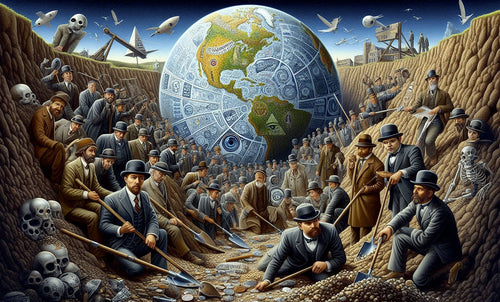

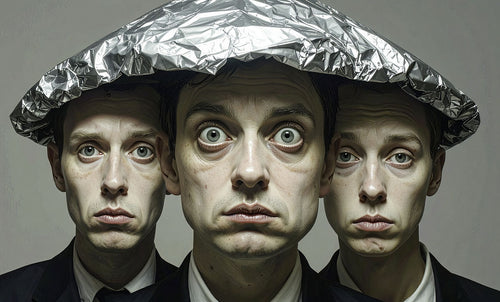

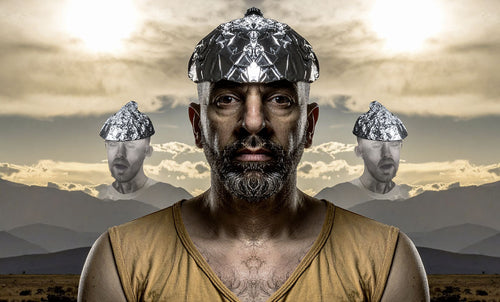
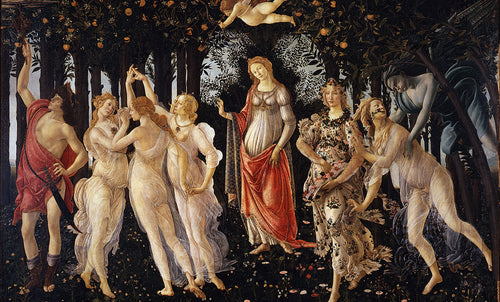

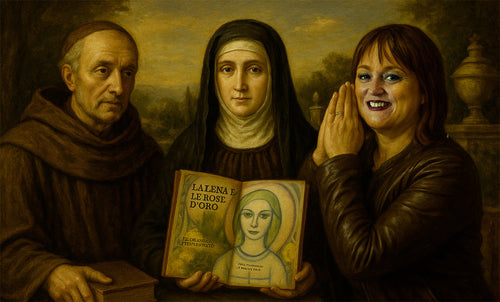



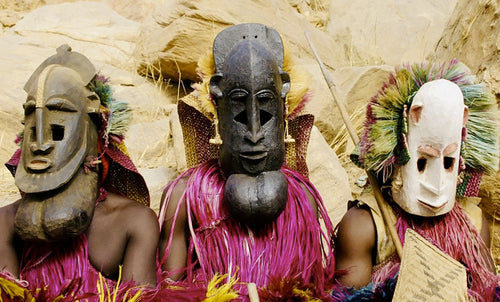

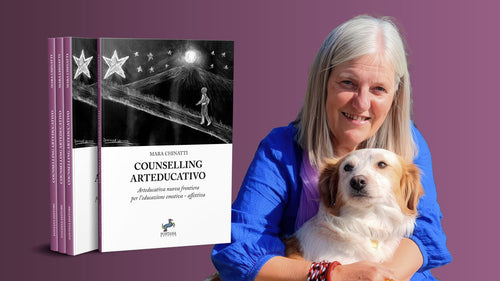
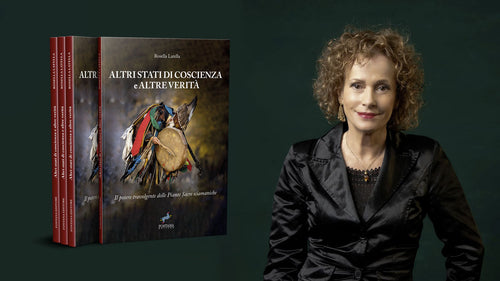
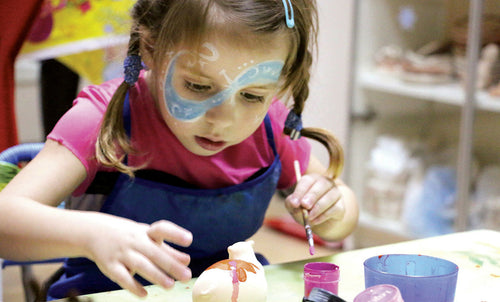

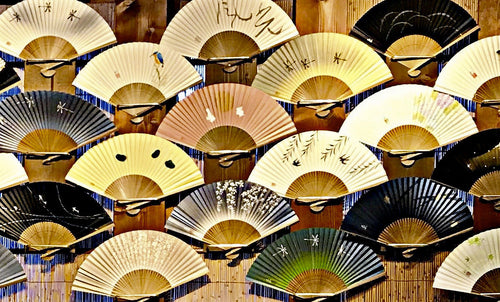

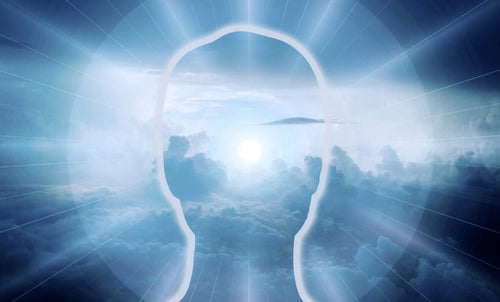

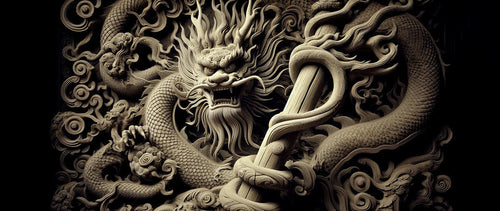
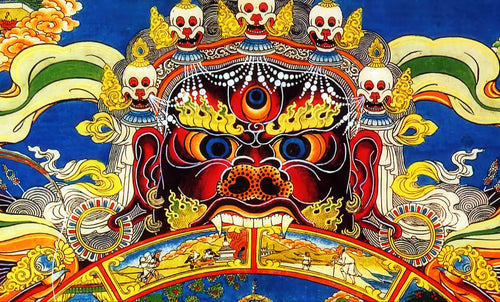

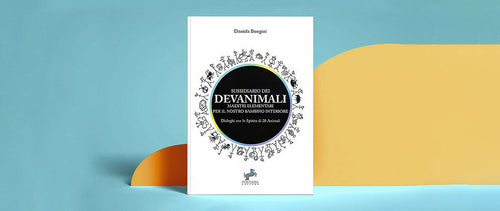
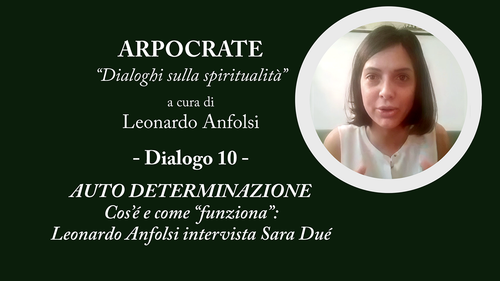
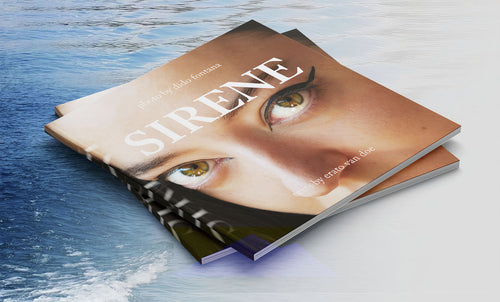
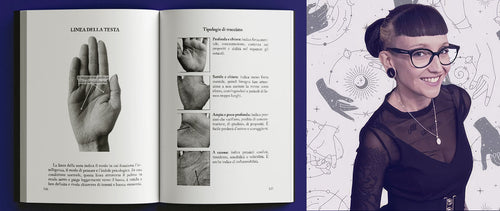


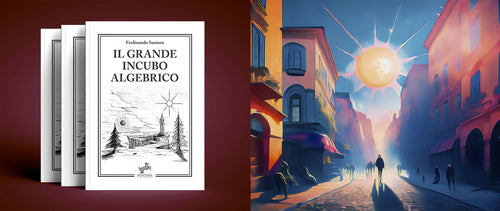
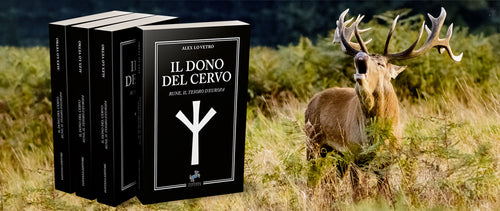

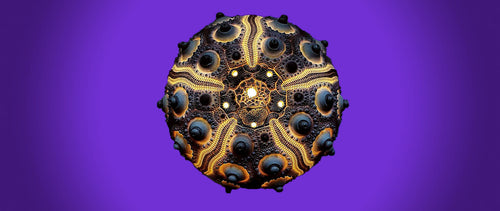





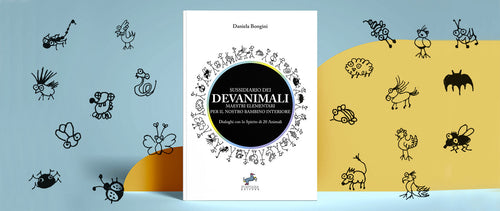

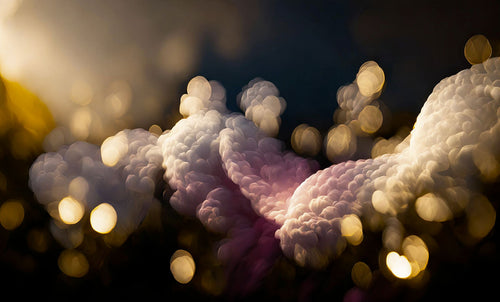
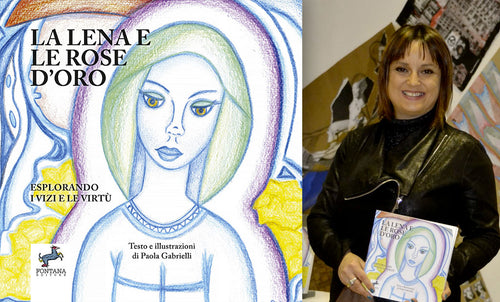
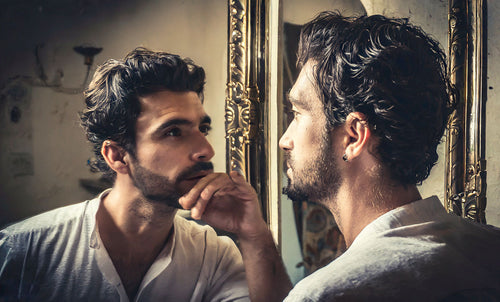
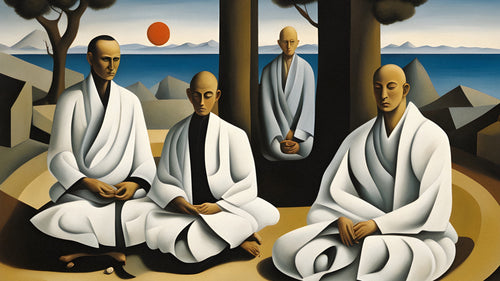
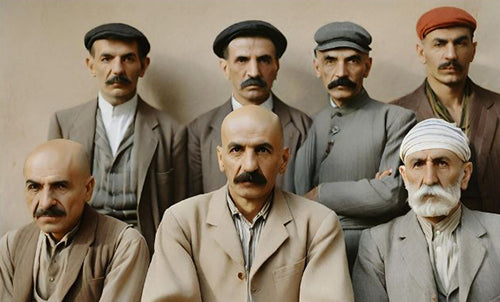


1 comment
Mi sono recentemente appassionata a questo meraviglioso mondo e voglio ringraziare gli autori per questo articolo davvero interessante e ricco di approfondimenti. Vista la qualità di questo blog, andrò presto a leggere altri articoli!